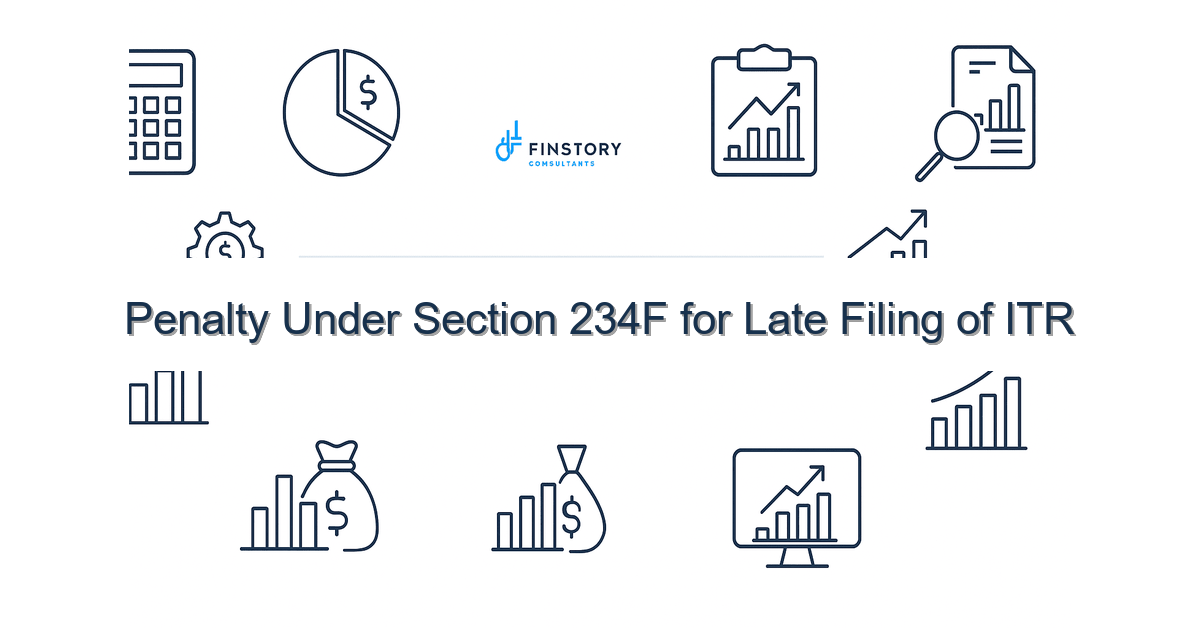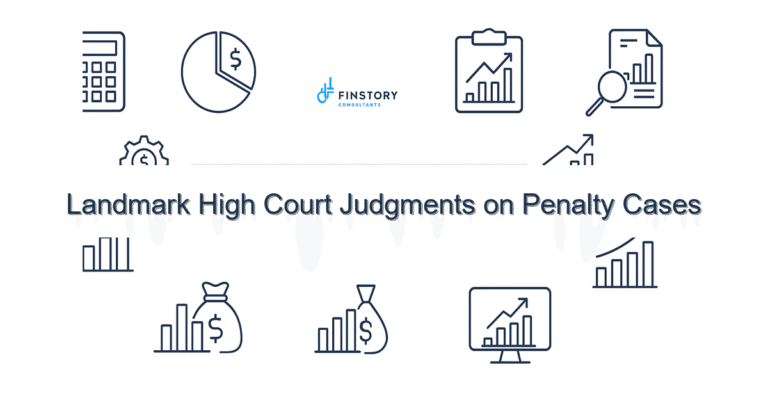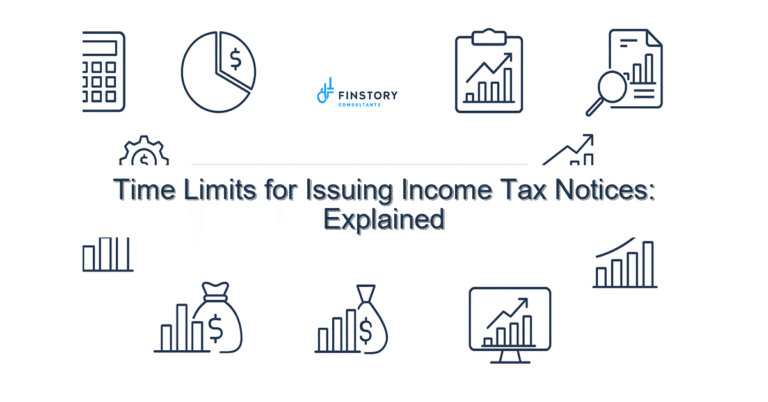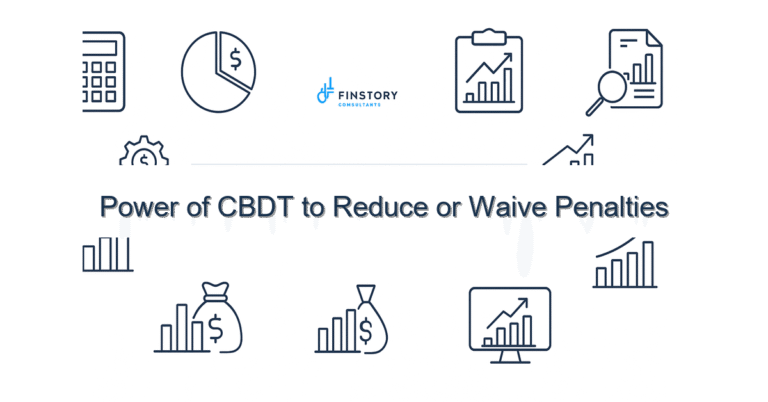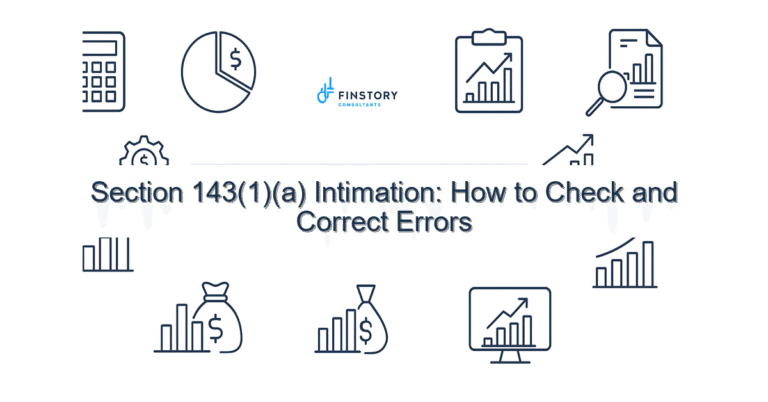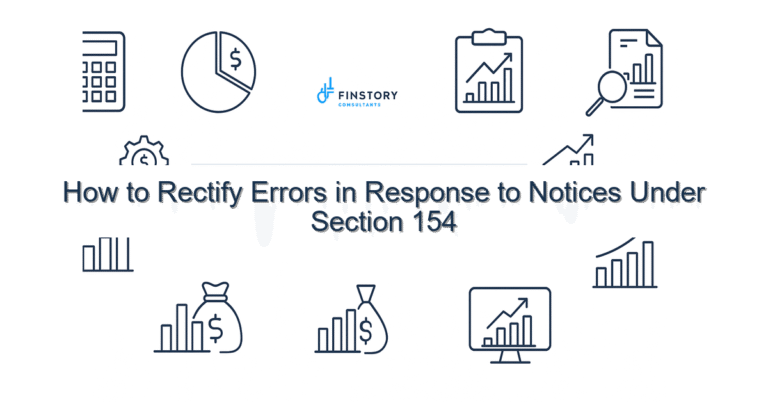Penalty Under Section 234F for Late Filing of ITR
Filing your ITR late can feel like a small slip, but for salaried employees, founders or MSME owners it often becomes an avoidable, recurring cost. You’re juggling payroll, invoicing, family finances and suddenly notice a penalty on your bank statement — that frustration is real.
Summary: Section 234F is a fixed penalty for late filing of Income Tax Returns. Depending on your timing and total income, you may owe Rs 1,000–10,000; timely checks of AIS/26AS, TDS/TCS records and following a short checklist can prevent this cost and protect refunds.
What’s the real problem in India?
Many taxpayers understand they must file ITR, but Indian tax timelines, terms and portal updates make late filing common. The CBDT issues circulars, assessment years (AY) and previous years (PY) add to the confusion, and the e-filing portal UX changes don’t help.
- Symptom: Missing the ITR filing last date (due to travel, business peaks, or ignored reminders).
- Symptom: Relying only on employer/payer TDS — failing to reconcile AIS/26AS before filing.
- Symptom: Believing a small refund means you can file later — penalties and interest still accrue.
- Symptom: Not tracking TDS/TCS or capital gains indexation details leading to rushed, incorrect returns.
What people get wrong
There are several common misconceptions that drive late filing and penalties under Section 234F:
- “I will file later because my tax is already deducted.” Even if your tax is fully paid via TDS/TCS, you can still face a Section 234F penalty if you miss the ITR filing last date.
- “A small income means no penalty.” Section 234F applies by total income thresholds and filing timelines — low income doesn’t auto-exempt you unless below basic exemption limits.
- “Interest on tax is different from penalty.” Interest (Section 234A) for late payment and penalty (Section 234F) for late filing can both apply together.
- “Online filing confirms compliance.” Filing without reconciling AIS/26AS or missing disclosures like capital gains indexation can trigger notices later.
A better approach
Rather than waiting until tax season panic, treat ITR compliance as a quick monthly or quarterly task. Here’s a simple framework to avoid Section 234F and related issues.
- Reconcile: Monthly or quarterly check AIS/26AS and employer/supplier TDS/TCS entries.
- Plan: Use projected income to decide deductions (Section 80C limit, new vs old regime slabs impact) and tax liability before the ITR filing last date.
- File early: Submit ITR at least a week before the deadline to allow corrections — avoid last-minute portal delays.
- Document: Keep supporting docs (bank statements, Form 16/16A, capital gains calculations using indexation) organized for amendments or scrutiny.
- Review & consult: If complex (business income, capital gains, foreign assets), get a short expert review to prevent costly mistakes.
Real-world note: A Mumbai-based freelance designer missed the ITR filing last date by 10 days and faced a Rs 5,000 Section 234F penalty. A quick reconciliation of AIS/26AS would have shown minor tax due and allowed her to file earlier, avoiding the penalty entirely.
Quick implementation checklist
- Check your AIS/26AS for the FY and ensure all TDS/TCS credits match your records.
- Confirm Form 16/Form 16A details from employers and clients.
- Calculate estimated tax liability considering Section 80C limit and other deductions.
- Decide whether new vs old regime slabs give you lower tax — lock it in before filing.
- Prepare capital gains details with indexation where applicable and supporting purchase proofs.
- Use the e-filing portal to prepare ITR drafts or offline utilities; don’t wait for the last 48 hours.
- Pay any self-assessment tax or interest (Section 234A for late payment) before filing.
- File the correct ITR form (ITR-1 to ITR-7 as relevant) and verify electronically via Aadhaar OTP, EVC or DSC.
- Save the ITR-V acknowledgment and cross-check the processed return on the e-filing portal later.
- If unsure, book a short consult to avoid penalties — small advisory fees usually save several times that in penalties saved.
What success looks like
When you follow the checklist and framework, outcomes are clear and measurable:
- 0% or minimal Section 234F penalty across tax years.
- Higher refund rates and faster ITR processing due to clean, reconciled filings.
- Fewer notices from CPC/Income Tax (e.g., mismatched TDS queries).
- Reduced time spent on post-filing corrections or scrutiny — weeks saved annually.
- Predictable cashflow because tax payments and reimbursements are planned.
Risks & how to manage them
Risk: Missing the ITR filing last date and paying Section 234F. Manage: Set calendar reminders and pre-schedule filing tasks.
Risk: Portal downtime near deadline. Manage: File at least 7 days before the due date and have supporting documents ready offline.
Risk: Incorrect tax computations (capital gains, foreign income). Manage: Use capital gains indexation formulas and consult an expert if values are large.
Risk: Notices due to TDS mismatch. Manage: Reconcile AIS/26AS and obtain corrigenda from deductors before filing.
Tools & data
Use these India-specific tools regularly:
- AIS/26AS: Primary source to reconcile TDS/TCS and reported taxes.
- Income tax e-filing portal: Official filing and acknowledgment system; keep login credentials and PAN/Aadhaar ready.
- TDS/TCS tracking tools: Employer payroll systems, accounting software, or online recon tools for businesses and professionals.
- Form 26QB/26QC receipts (for TDS/TCS on property, etc.) and bank statements for proof of advance tax payments.
FAQs
Q: What exactly is Section 234F?
A: Section 234F imposes a late filing fee if you fail to file ITR by the due date. The amount depends on when you file and your total income — generally Rs 1,000 (if total income up to Rs 5 lakh) or Rs 5,000–10,000 otherwise, with upper limits varying by year per CBDT notifications.
Q: Will TDS or advance tax prevent Section 234F?
A: No. Even if tax is fully paid via TDS/TCS or advance tax, missing the ITR filing last date can still attract Section 234F.
Q: Can I revise or file belated returns?
A: Yes, you can file a belated return with applicable Section 234F and interest under Section 234A. Revisions are allowed for returns filed within the permitted timelines — check current CBDT timelines and AY/PY rules.
Q: How does capital gains indexation affect late filing?
A: Indexation affects taxable capital gains but does not affect the applicability of Section 234F. Correctly calculating indexation can reduce your tax liability, which may reduce interest and penalty exposure if you pay additional tax earlier.
Next steps
If you’ve missed the date this year or want to avoid penalties next year, take two quick actions now: reconcile your AIS/26AS and estimate taxes; then book a short consult for filing assistance. We handle everything from TDS/TCS reconciliation to capital gains computations and choosing between new vs old regime slabs.
For practical help, see our resources
Work with Finstory. Speak with an Expert for a personalised plan to reduce your tax outgo and stay compliant. Book a free 20-min consultation.
📞 Need help with Income Tax in India?
Book a 20-min consultation with our tax team. Individuals, founders & MSMEs welcome.
Prefer email or phone? Write to info@finstory.net
or call +91 44-45811170.
